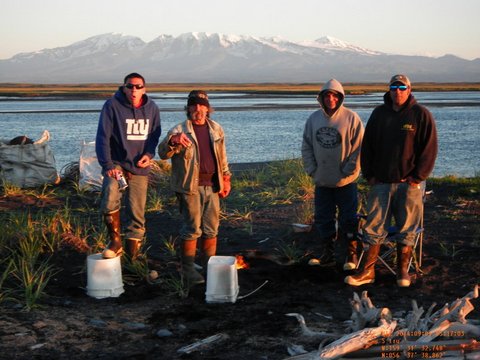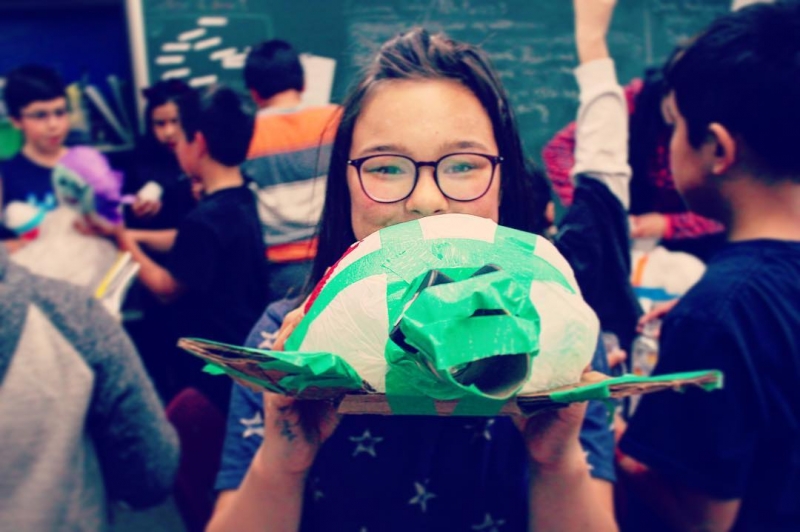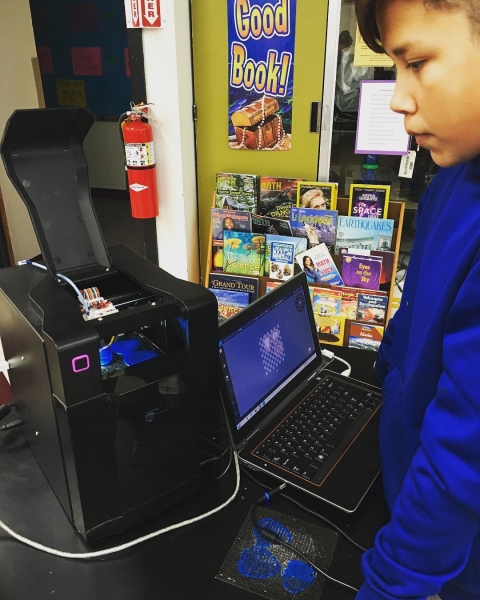Today is the shortest day of the year in the Northern Hemisphere. For Unalakleet, on Alaska’s Bering Sea coast, this means barely more than four hours of sunlight. The small, remote communities that dot Alaska’s coastline and Bering Sea islands can be as harsh as they are beautiful. The Marine Debris Program has partners in these regions that are hardy and hard-working, but marine debris can still be a huge challenge. The remoteness of these places and the severe weather means that disposing of the debris is one of the biggest issues. We talked to partners in three Bering Sea communities about what happens to the debris once it’s removed from the ocean and shoreline.

Unalakleet is nestled about halfway up Alaska's western coastline. The nearest city, Nome, is about 150 miles away and boasts a population of less than 4,000 people. Removing debris along this stretch of coast often means using a combination of four-wheelers with trailers and small skiffs to reach the desolate rocky shores. Once the debris is gathered together, the real hard part begins. Generally, waste in the area is disposed in landfills, and the nearest landfills in the towns of Gambell and Wales are near the ocean, and nearly full. Although winters in this area are fairly dry, summertime storms can wash debris from these landfills right back into the ocean. Finding a way to ship tens of thousands of pounds of debris to a place that can recycle it is challenging, and hugely expensive. Without the funds to transport the debris far away, the best option is usually to burn the debris and bury it underground to prevent it from returning to the water.

Port Heiden, farther south and near the beginning of the Alaska Peninsula, faces similar problems. Finding the funds to barge the debris out of the area is difficult, and often burying the debris is the cheapest option. In Port Heiden, they are trying something new. All the marine debris that is removed here is cleaned and sorted, while empty fuel tanks have been repurposed into marine debris organization containers. Metals from the marine debris are the most valuable and easiest to recycle. The Port Heiden crew specifically stockpiles these metals so they can be backhauled to a recycling center. Soon, it won’t just be debris from the ocean that the team is collecting, but e-waste, batteries, and other metal-containing household trash. The community is excited to work together with the Tribal marine debris team to find ways to economically recycle their waste.

Perhaps the most difficult place to work is St. Paul Island. This tiny island is 300 miles from mainland Alaska, and almost directly in the middle of the Bering Sea. It can be hard for barges to even reach the island to take away their debris. For this community, their favorite way to dispose of debris is to not dispose of it at all. Instead, students and local artists have been turning the debris into art. Large sculptures and small floats painted with beautiful scenes are sold and displayed around the island to raise awareness about the issue of marine debris. They are also hoping to start a small-scale recycling operation by using plastic waste as raw material for 3D printers.

The residents of these small Alaska communities tend to be independent, rugged, and tenacious, and it is no wonder that they are willing to take on all the challenges that marine debris presents. The NOAA Marine Debris Program is proud to support them in their creative efforts to keep the seas free of debris.

You guys and girls are all amazing! I've done beach cleanups in remote areas of Australia, but not THIS remote. Great work for keeping on going even when faced with these barriers. Your work up there really demonstrates that there's no excuse for us folk down here!